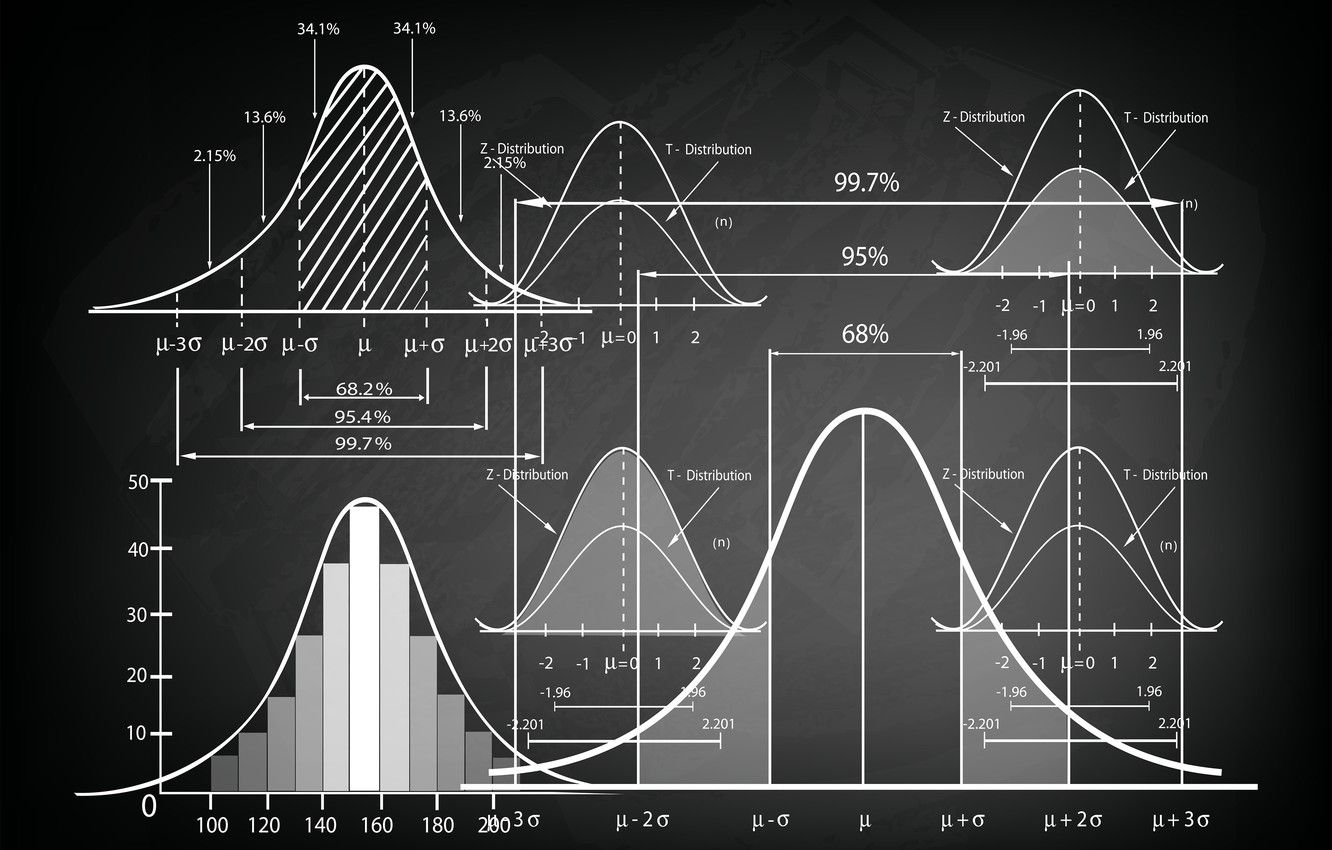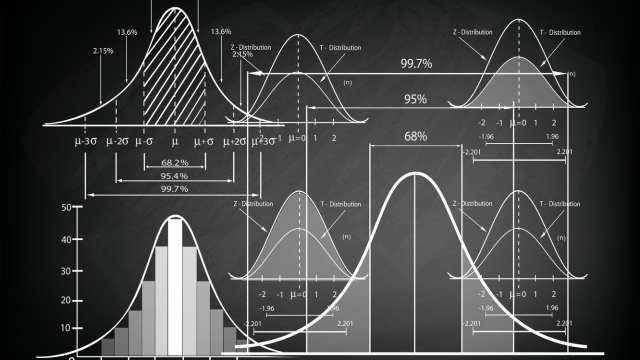
Welcome to the world of data analysis, where hidden treasures of knowledge and understanding lie within vast oceans of data. In today’s data-driven society, the ability to decipher, interpret, and extract meaningful insights from raw information has become a critical skill. Data analysis is the art of transforming raw data into valuable knowledge, shining a light on patterns, trends, and correlations that can drive informed decisions and strategies. In this article, we will delve into the fascinating realm of data analysis, exploring its principles, techniques, and the transformative power it holds in various industries and fields.
Methods of Data Analysis
When delving into the realm of data analysis, there are several key methods that serve as pillars for extracting valuable insights. One such method is Descriptive Statistics, which involves summarizing and presenting data in a meaningful way to gain initial insights into patterns and trends. This method lays the foundation for further analysis by providing a snapshot of the data’s characteristics.
Moving beyond descriptive statistics, Inferential Statistics plays a crucial role in drawing conclusions and making predictions based on sample data. By utilizing hypothesis testing and probability theory, this method allows analysts to make inferences about populations from which the data is drawn. This helps in making informed decisions and assessments in various fields ranging from business to healthcare.
Another essential method is Data Mining, which involves uncovering patterns and relationships within large datasets to identify hidden insights. By using advanced algorithms and techniques, data mining helps in discovering valuable information that might not be apparent through traditional analysis methods. This method enables organizations to make data-driven decisions and enhance their operations.
Tools for Data Analysis
When it comes to diving into the world of data analysis, having the right tools at your disposal can make all the difference. One of the most commonly used tools is Microsoft Excel, a versatile spreadsheet program that allows for easy manipulation and visualization of data.
Another powerful tool in the data analyst’s toolkit is Python, a popular programming language known for its versatility and extensive libraries for data manipulation and analysis. With Python, data analysts can perform complex calculations, statistical analyses, and create visualizations to present their findings effectively.
For more advanced data analysis tasks, tools like R and SAS are often preferred. R is widely used for statistical computing and graphics, while SAS is known for its robust data processing capabilities and data management tools. These tools provide data analysts with the functionality they need to tackle complex data sets and derive meaningful insights.
Importance of Data Analysis
Data analysis plays a crucial role in extracting valuable insights from raw information. By carefully examining and interpreting data, businesses can make informed decisions that drive growth and innovation.
In today’s fast-paced digital world, the ability to analyze data effectively sets successful organizations apart from their competitors. Data analysis enables companies to identify trends, patterns, and correlations that can inform strategic planning and optimize performance.
Ultimately, data analysis empowers organizations to uncover hidden opportunities, mitigate risks, and enhance overall efficiency. By harnessing the power of data, businesses can gain a competitive edge and thrive in dynamic markets.
